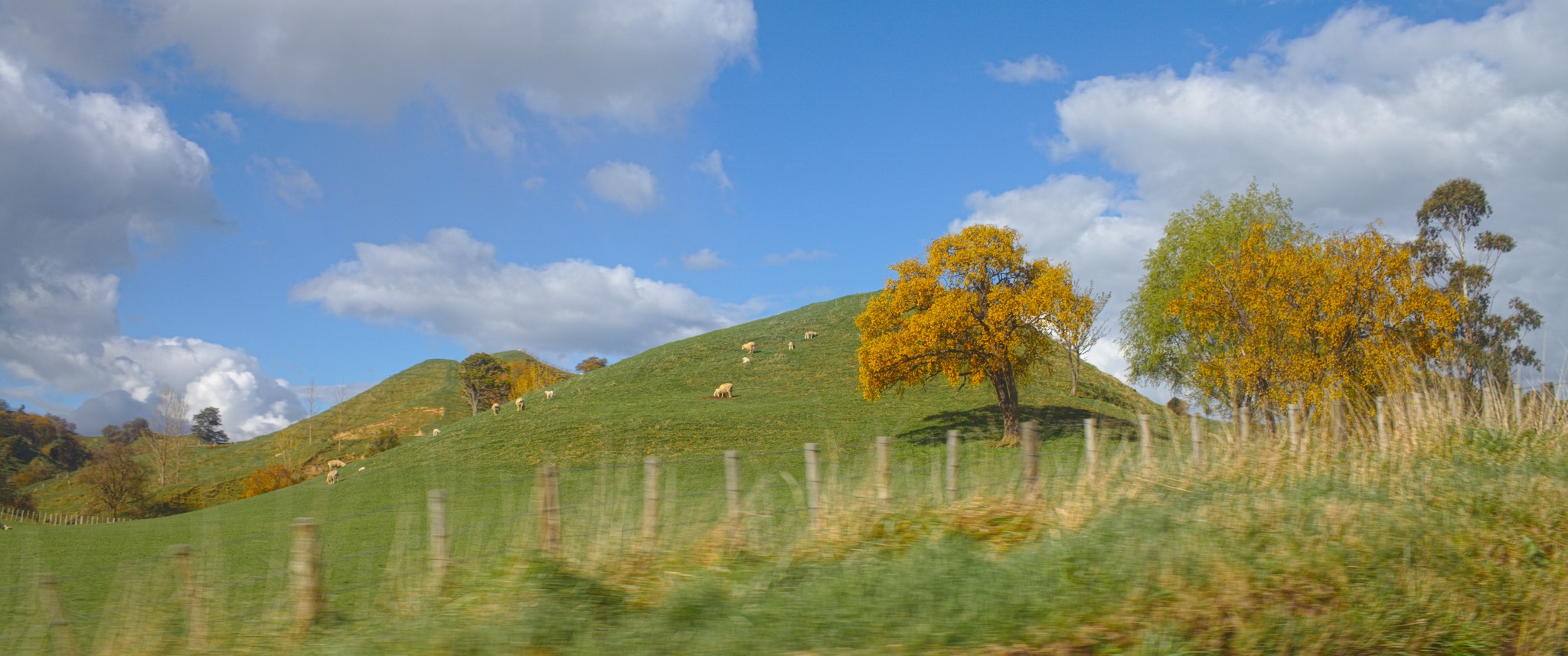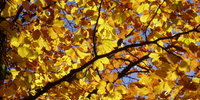



Ubuntu comes with darktable packages. You can install them with
sudo apt-get install darktable
If you need a newer version than what is included in your distribution, check out the third party packages section.
Fedora ships with darktable. A simple command should be enough.
# dnf install darktable
If you need a newer version than what is included in your distribution, check out the third party packages section.
openSUSE ships with darktable. A simple zypper install darktable should be enough.
If you need a newer version than what is included in your distribution, check out the third party packages section.
$ pacman -S darktable
darktable is in portage!
# emerge darktable
$ darktable
# yum install epel-release
# yum install darktable
(Of course) there is a darktable package in the Debian repositories.
darktable can be installed by running
sudo apt-get install darktable
If you need a newer version than what is included in your distribution, check out the third party packages section.
The darktable Solaris packages are provided and maintained by James. You can find his website here with all the packages provided: https://www.jmcpdotcom.com/blog/category/darktable/.
He has both the darktable packages and a dependency package in case this is the first time you are installing darktable on your system.
darktable is available in the FreeBSD Ports Collection. It can be installed, pre-compiled, from the standard package repository.
To install darktable on your system, run
# pkg install graphics/darktable
This bundle supports macOS versions starting with 10.7 (Lion) running on 64 bit Intel architecture.
What to do with dialog saying “darktable” can’t be opened because it was not downloaded from the Mac App Store:
or you can prevent this from happening by running xattr -d com.apple.quarantine ~/Downloads/darktable*.dmg command before mounting the image (or xattr -dr com.apple.quarantine /Applications/darktable.app after installing).
darktable can be installed through MacPorts:
sudo port install darktable +quartz
darktable can be installed through Homebrew:
brew cask install darktable
The OBS allows packagers to provide packages for multiple distributions.
Right now the darktable packages listed below are built for the following Linux distributions:
Right now this means for the stable package:
For master we build for the following distributions because of missing required packages in older distributions:
The available packages are:
A description on how to enable the backports repository can be found here: https://backports.debian.org/Instructions/

libsqlite3, libjpeg, libpng, libpugixml, rawspeed (supplied), gtk+-3, cairo, lcms2, exiv2, tiff, curl, gphoto2, dbus-glib, fop, openexr, libsoup2.4
Grab the latest source tarball (recent version: darktable 3.2.1) – make sure to use the .tar.xz file and not the auto generated .zip or .tar.gz!
Install the dependencies. For details see the link below.
Unpack:
$ tar xvf darktable-3.2.1.tar.xz && cd darktable-3.2.1
Then either do
$ ./build.sh
or, manually:
$ mkdir build && cd build/
$ cmake -DCMAKE_BUILD_TYPE=Release ..
$ make -j5
# make install
$ darktable
In order to get darktable displayed along with your other applications you need to set a symlink:
$ ln -s /opt/darktable/share/applications/darktable.desktop /usr/share/applications/darktable.desktop
For a more complete set of instructions for different distributions have a look at our Wiki.

First a word of warning: Using the development version of darktable might be risky in that it can break anytime, kill your edits, eat your kittens or do other nasty things. It is also not guaranteed that XMP sidecars written by a development version will work with a release version. It is also quite certain that any older version of darktable will NOT be able to read the database once a development build updated it to the latest schema. So for your own safety and our sanity, do make backups of your XMP files as well as your library.db and data.db (by default it is in ~/.config/darktable/) BEFORE upgrading to the self compiled git version. That being said, it should be quite safe to actually use it and never go back, so all of this might be no issue for you at all. Just keep in mind that IF you ever want to go back it might be hard.
Be sure to have all the build dependencies installed. You can find a list of them here. If you don’t have it already, install git from your distribution’s repositories. For Ubuntu:
$ sudo apt-get install git
$ cd
$ git clone git://github.com/darktable-org/darktable.git
The cloned files from the git repository are now stored in $HOME/darktable.
$ cd $HOME/darktable
$ git submodule init
$ git submodule update
$ ./build.sh
The files get prepared to be installed in /opt. If you want to install at another place, you have to type:
./build.sh --prefix /path/to/install
After the build process finished you can install darktable:
cd build && sudo make install
$ cd $HOME/darktable
$ git pull
$ mkdir $HOME/darktable/build
$ cd $HOME/darktable/build
$ cmake -DCMAKE_BUILD_TYPE=Release ..
$ cd $HOME/darktable/build
$ make
$ sudo make install
$ darktable
Let’s rock!